It's hard to imagine a world without superheroes, but believe it or not, it existed. There wasn't always the vast mass of constantly recycled intellectual property we have today. In the old days, people called "artists" came up with "ideas" - sometimes even based on real life.
10. Constantine
When Alan Moore started writing for Swamp Thing , he asked the artists what they wanted to do. They were unanimous : "to make a character similar to Sting." Let's start with the fact that this tribute to the rock star was simply extra , drawn against a crowd. However, later, when John Constantine was introduced, they retroactively identified him as a double.
Although initially dismissive, Sting has embraced the homage. In 2018, he wrote the introduction to the 30th anniversary collection. And in a short promotional video promoting the book, he donned the character's cape.
More interesting than the fact that Constantine is based on a real person, however, are the sightings of real people based on him. Oddly enough, shortly after creating the character, Moore claims to have seen him in the flesh. While sitting in a sandwich bar, he saw a strange doppelganger walking up the stairs “in a trench coat, with a short haircut… He looked at me, looked me straight in the eye, smiled, nodded almost conspiratorially, and then just walked around the corner.” Writer Jamie Delano also claims to have seen the real John Constantine near the British Museum: "I didn't realize I'd passed him until I'd gone fifty yards up the road and he'd just disappeared around the corner." It should be noted that Konstantin was set in the real world - 1980s England, complete with Thatcher and current events. Also, that Moore, like Constantine, is into magic.
9. Green Lantern

The first Green Lantern, Alan Scott, was inspired by a railroad engineer. This won't come as a surprise to fans of the comics; the character had the same job. Creator Martin Nodell came up with the idea after seeing as a subway worker with a green light removes an obstacle from the line. All-American Comics # 16 (July 1940) Scott himself was saved from a train wreck by the magical green lantern from which he forged his ring.
Green Lantern was eventually cancelled, but returned eight years later — and again based on a real person. In creating Hal Jordan, co-creator Gil Kane used his next-door neighbor as a model, who just so happened to be the now-legendary actor Paul Newman . Interestingly, years later Newman became interested in motorsports and became racer , reminding his test pilot double .
8. Wonder Woman
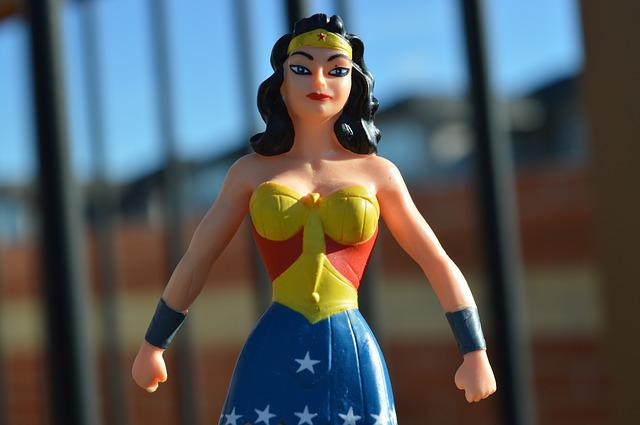
Wonder Woman, the third-longest-living superhero in comics, was co-created by a man with two wives. Far from being at odds with Wonder Woman's ethos of female empowerment, however, it was their strength that inspired the character. In fact, Charles Moulton's first wife, Betty, insisted that he make her a woman. She also outdid him professionally—at least in determination. (Perhaps that's why she lived to be 100.) At a time when few women earned higher degrees, Betty (Elizabeth Marston) earned three. And since her father wouldn't help with her fees ( telling her : « As long as I have money to carry you around in aprons, you can stay at home with your mother." ), she paid for the sales of cookbooks herself.
After Moulton's death in 1947, Betty and another "wife" Dotsie (Olive Byrne, whose bracelets inspired wonder woman ) continued to live together, raising four children together. Betty helped them through college, and Dotsie was a housewife.
While some believe that Wonder Woman's Lasso of Truth was inspired by the trio's (supposed) love of slavery, evidence , confirming this, A little . No there is no reason to believe that Betty and Dotsie were lovers . Although it is interesting to speculate. The main weakness of Wonder Woman was that her bracelets of submission were bound by a man.
7. Batman
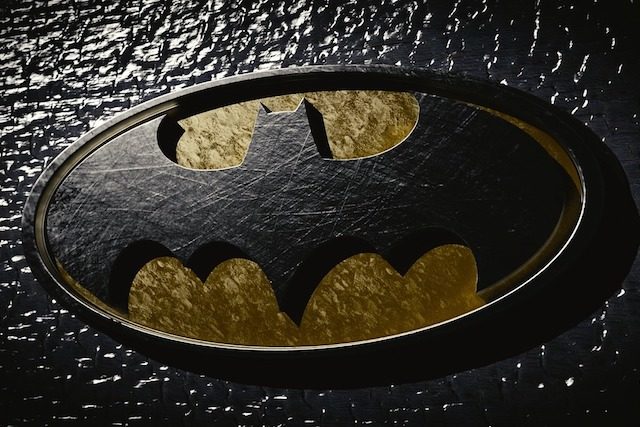
The name Bruce Wayne comes from two real people - a Scottish king Robert the Bruce and Civil War general "Mad" Anthony Wayne. The former fought for Scottish independence, the latter conquered Detroit. What they both had in common was defeating the British. But the "Prince of Gotham" isn't just based on his namesakes; he's descended from them.
IN "Batman and Me" co-creator Bob Kane said he and Bill Finger chose the name Bruce so the billionaire would be descendant of nobility (Robert Bruce was a corruption of the Anglo-Norman surname of King de Bruce.) Meanwhile, Batman's biological connection to Anthony Wayne is made explicit in the comics. In fact, Wayne Manor itself was once belonged to the general , built on land he received from George Washington.
6. Iron Man
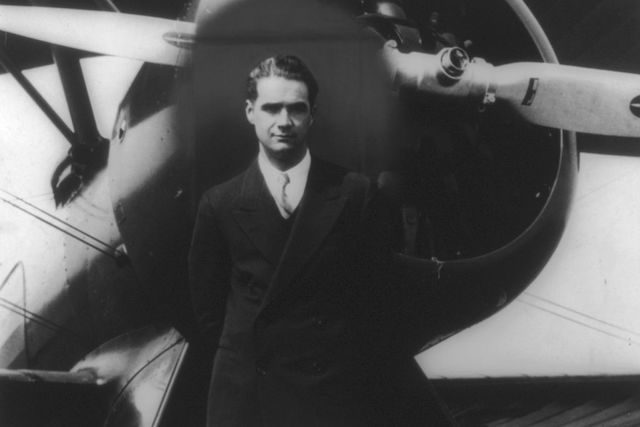
If the MCU's Tony Stark reminds you of a badass Elon Musk, that's no coincidence. Robert Downey Jr.based his image Stark is based on the Tesla/SpaceX billionaire. But the original 1963 character was based on Howard Hughes.
By the time Stan Lee (et al.) came up with the idea, Hughes had fallen out of favor. Once revered as a billionaire investor, aviation pioneer, defense contractor, film producer, and so on, Hughes was now considered crazy—a codeine-addled, germaphobic, obsessive-compulsive recluse. He was an unlikely superhero material… and that was the point. Marvel was in the business "problematic heroes." Stark's reliance on technology just to stay alive wasn't all he had on his plate; he was also an alcoholic.
And Hughes was something of a hero. Despite his problems, he, like Iron Man, tried to use his money for good. For example, worried about nuclear testing, he proposed to Presidents Johnson and Nixon bribes in millions of dollars , so that they would stop them. (Ironically, weapons manufacturers later benefited from Iron Man's big-screen debut in 2008.)
5. Superman
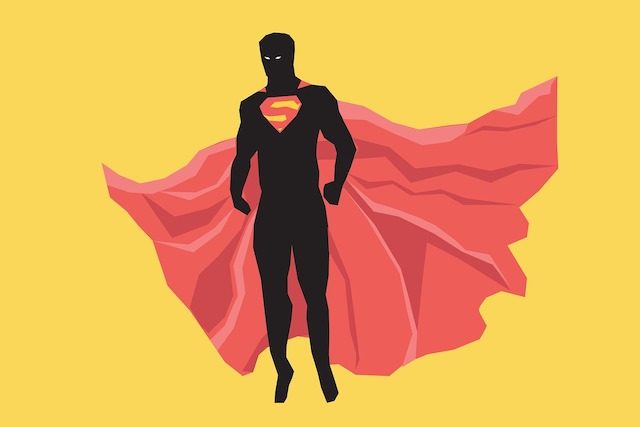
As for real-life inspiration, Superman is Frankenstein's monster. According to film critic Mark Kermode , the Caped Crusader's "chiselled features" were based on Tarzan actor Johnny Weissmuller, and Clark Kent was based on bespectacled silent film star Harold Lloyd. Meanwhile, Superman's iconic pose—chest puffed out, hands on hips—was inspired by actor Douglas Fairbanks. In other words, Superman was recycled from Hollywood heroes.
But there may be more to it than that. For example, there are clear parallels between Superman and Moses. Both were sent away as infants to protect them from imminent danger: Moses’ mother sent him down the Nile in a basket, while Superman’s parents launched him into space toward Earth. Both were later discovered and adopted, and they grew up to protect the meek from harm. Interestingly, the “El” in “Kal-El” (Superman’s real name) is Hebrew for “God.”
In fact, the more you look at it, the more Jewish Superman seems. In his book "Is Superman circumcised? , Roy Schwartz sees in him not only Moses, but also Samson and Jesus. He also points out the similarities with Jewish folklore golem , a powerful being made of clay to serve the Jewish community. Many also see Superman as an allegory Jewish immigrants to America . In particular, he abandons his ethnic name Kal-El, becomes Clark Kent ("sticks his tallit in a suit") and "goes around the world like a non-Jew." Like many early comic book writers, Superman's creators, Jerry Siegel and Joe Shuster, were themselves descendants of Jewish immigrants.
Given all this, it is not surprising that the Nazis saw in Superman threat .
4. Spawn
Spawn creator Todd McFarlane has been open about his real-life inspirations — at least in the early days. Al Simmons, the fictional ghost from Hell, was based on Al Simmons, former employee . The latter signed a waiver when the comic came out. But he didn't have to; he was flattered. He became a regular at the Image Comics booth at Comic Con, dressed like his namesake in flashy black and red. The real Simmons even wrote a book, " The Art of Being a Brat" However, this was too far.
In 2012, after the book was published, MacFarlane sues Simmons for using his intellectual property. He also took to the Internet to remove any past evidence that Simmons inspired the character. To be fair, it may have been nothing more than a name. McFarlane also named Spawn's wife and best friend after his wife Wanda and best friend Terry.
3. Hulk

You can imagine that the idea of the Hulk was based on doping in sports. After all, ten years before his debut in 1962 Russian Olympic weightlifters for the first time used anabolic steroids . However, the Hulk's inspiration was much less likely. In fact, he was based on a woman.
IN interview Comic Journal In 2011, comic book creator Jack Kirby recalled a toddler crawling through a ditch while playing under a car. The child, trying to crawl onto the sidewalk, needed help. The distraught mother, Kirby said, looked like she was about to scream. But she didn’t. Instead, “she pulled up… and very forcefully… lifted the whole back of the car” to release the toddler. It reminded Kirby of what we’re all capable of in heightened emotional states, whether rage or despair. “We can knock down walls, we can go crazy,” he said, “you can knock down a house… Whatever the Hulk was in the beginning, I got from that incident.”
2. Professor X
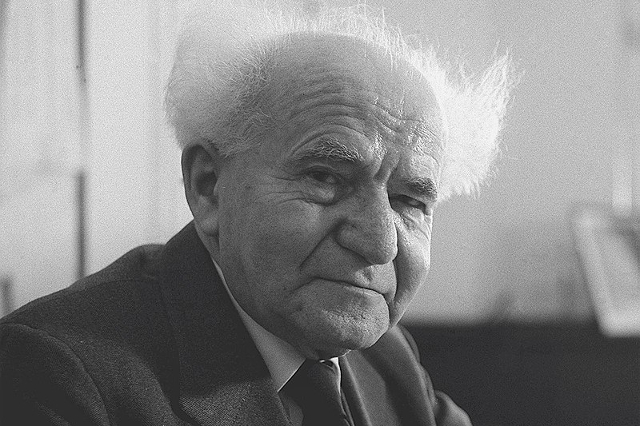
It was long believed that the X-Men patriarch was based on Martin Luther King Jr. Not only was the comic released during the height of the civil rights movement in America, it obvious allegorical substitution . Charles Xavier dreams of peace between mutants and humans. Sentinels (uniformed mutant-hunting robots) were introduced against a backdrop of racist police brutality on television. And creator Stan Lee was clearly involved in the movement, introducing the first black superhero three years after X-Men.
Surprisingly, however, Professor X has instead been based on Israel's founding Prime Minister David Ben-Gurion—at least since 1975. That's when Chris Claremont took over after Lee's X-Men was cancelled in 1970. He explained that for him, as a white man of English descent, any connection to MLK "would feel incredibly presumptuous." Ben-Gurion, who created a welcoming home for the Jewish diaspora after World War II, seemed a more suitable model.
1. Doctor Strange

Shortly after Vincent Price played the role of sorcerer Dr. Erasmus Craven in in the film "The Crow" " (1963), Doctor Strange made his debut in "Strange Tales #110" . The inspiration was obvious, but it was more Price himself than the character he played (not that it ever made a difference). Doctor Strange's full name actually pays homage to the actor, Stephen Vincent Strange. Price himself knew about the tribute, later voicing Doctor Strange Heist in the episode Scooby-Doo .
However, the character is probably inspired by more than just Vincent Price. Strange Tales #115 The Sorcerer Supreme's backstory has been revealed. And it looks suspiciously like Lobsang Rampu — a distinguished autobiographer and spiritual guru who was famous in the late 1950s. Both Strange and Rampa were gifted surgeons; both studied in Tibet (Strange with the Ancient One, Rampa with the Dalai Lama); and both learned astral projection (even describing it in a similar way ), and how to open the third eye. In addition, they both wore a round amulet and both had a mystical sphere.
Also, while Strange was more sincere about it, they were both completely fictitious. After selling millions of copies of his books, Rampa was exposed as a fraud. The author's real name was Cyril Hoskins, a clerk from rural England who had never even been to Tibet.














Оставить Комментарий